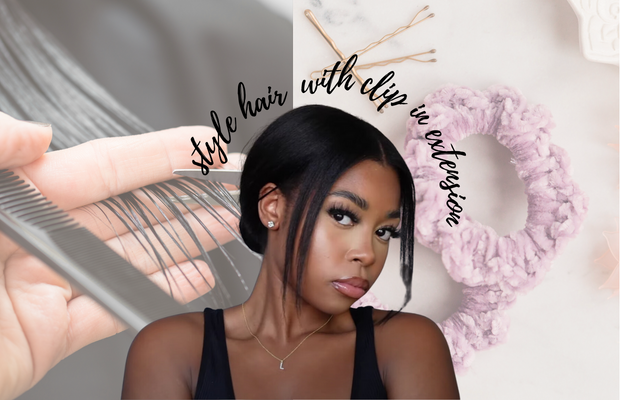4 Awesome Solutions for Grown-Out Balayage

Balayage continues to be one of the most popular hair color trends—and for good reason. This hand-painted highlighting technique adds soft dimension and natural-looking brightness to the hair. But as your hair grows, even the most flawless balayage will eventually begin to shift, leaving you with a grown-out look. Luckily, grown-out balayage doesn’t mean the end of good hair days. In fact, it opens the door to several stylish solutions. In this post, we’ll share 4 awesome ways to fix or refresh grown-out balayage —from subtle touch-ups to bold changes. What Is Balayage? Balayage is a freehand coloring technique that creates a soft, blended transition from darker roots to lighter ends. The term comes from the French word balayer , meaning “to sweep,” referring to how stylists brush color onto the hair. Unlike ombre (a style with a more distinct contrast between dark and light), balayage blends color throughout the hair in a natural, sun-kissed way. Because it doesn’t start at the ro...




